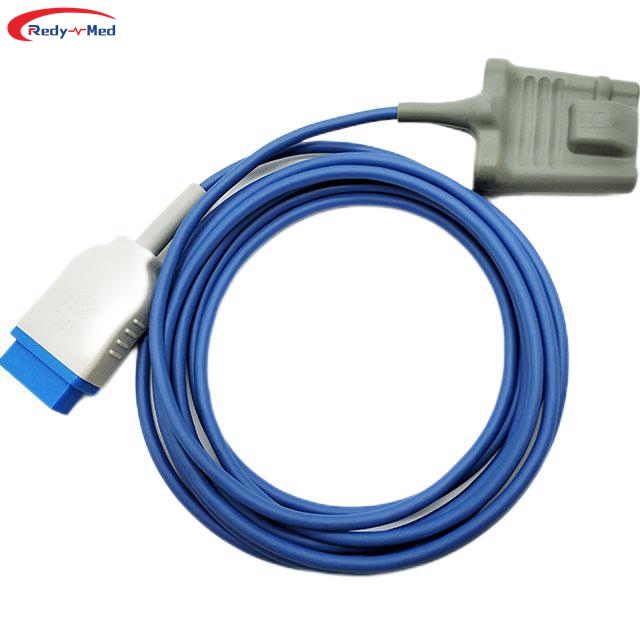
Application status and prospect of blood oxygen saturation sensor in children\'s medical care
2024-03-21 00:03:27
The Evolution of Blood Oxygen Saturation Sensor in Pediatric Medical Care

In recent years, there has been a significant advancement in medical technology, especially in the field of pediatric care. One such promising innovation is the development and application of blood oxygen saturation sensors. These sensors have revolutionized the way healthcare professionals monitor and assess the oxygenation status of children. By providing real-time and non-invasive measurements, they have the potential to greatly improve the quality of care and outcomes for pediatric patients.
Current Application Status of Blood Oxygen Saturation Sensor in Pediatric Medical Care
The current application of blood oxygen saturation sensors in pediatric medical care is widespread and diverse. One of the most common uses is in the monitoring of children with respiratory disorders, such as asthma or cystic fibrosis. These sensors allow healthcare providers to accurately assess the effectiveness of treatments and adjust therapy plans accordingly. Additionally, blood oxygen saturation sensors are also utilized during surgical procedures to ensure optimal oxygenation levels and detect any potential complications in real-time.
Furthermore, these sensors have found utility in the neonatal intensive care unit (NICU) where they play a crucial role in monitoring premature infants. Oxygen levels in premature babies are critical, and precise monitoring is necessary to prevent complications such as hypoxemia or hyperoxemia. Blood oxygen saturation sensors provide continuous monitoring, enabling healthcare providers to make informed decisions regarding oxygen therapy and intervene promptly if necessary.
The Future Prospect of Blood Oxygen Saturation Sensor in Pediatric Medical Care
The future applications of blood oxygen saturation sensors in pediatric medical care are promising. As technology continues to advance, these sensors are expected to become more compact, affordable, and easy to use. This will enable the integration of these sensors into everyday medical devices, such as smartwatches or portable monitors, allowing parents and caregivers to monitor their child's oxygen levels remotely and in real-time.
Moreover, the potential role of blood oxygen saturation sensors in the early detection of critical conditions in children cannot be understated. By continuously monitoring oxygen levels, these sensors have the potential to alert healthcare providers to any sudden deviations from normal levels, indicating the need for immediate intervention. This could significantly reduce the morbidity and mortality associated with conditions such as respiratory distress syndrome or congenital heart diseases.
Conclusion
The application status and future prospect of blood oxygen saturation sensors in pediatric medical care are highly promising. These sensors have already demonstrated their efficacy in various clinical settings, providing valuable information for healthcare providers to optimize patient care. As technology advances, it is expected that these sensors will become even more integrated into everyday medical devices, further enhancing their accessibility and usability. The potential benefits of early detection and remote monitoring make blood oxygen saturation sensors a vital tool in improving pediatric healthcare outcomes.
Get the latest price? We'll respond as soon as possible(within 12 hours)




